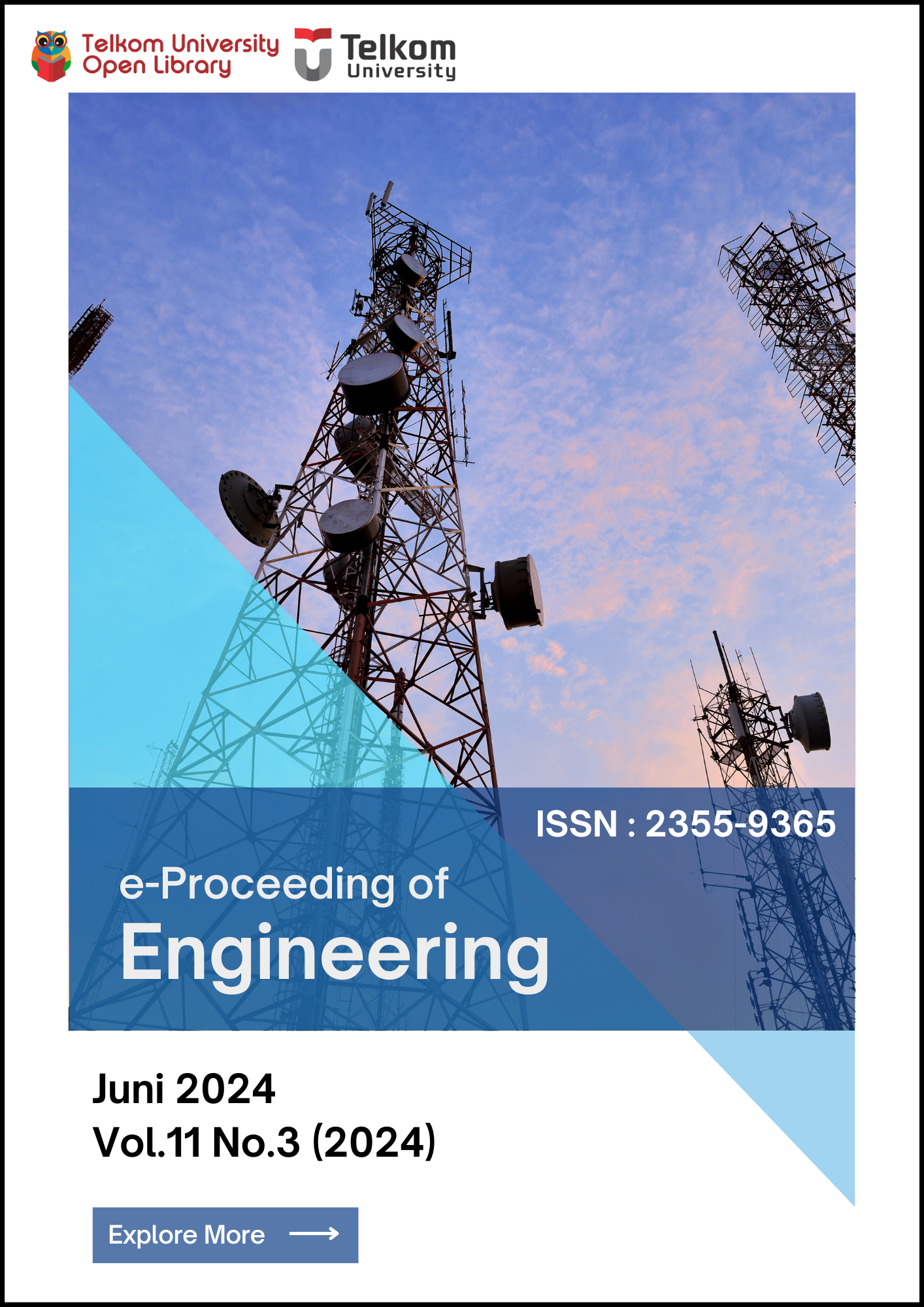The Implementation Of A Green Supply Chain And The Enhancement Of Production Line Efficiency In Unnoyon Textile Limited Using The Scor Racetrack Model.
Abstract
Unoyon Textile Limited faces challenges in its production line, leading to delays and affecting customer deadlines. To overcome these issues, they are considering implementing the SCOR Racetrack 12.0 process. Key areas requiring improvement include production scheduling, sustainable raw material procurement, and production and test cycle time. To address these, Unnoyon Textile Limited proposes implementing maintenance planning and optimizing the production layout using lean management and 5S principles. These improvements aim to create an efficient, sustainable, and green supply chain, reducing waste, enhancing productivity, and meeting production targets. By adopting these measures, the company can improve overall operational efficiency, product quality, and cost savings while ensuring a positive environmental impact. Implementing these changes will position Unnoyon Textile Limited as a responsible and competitive player in the market, appealing to environmentally conscious customers and achieving long-term success. Based on the observations and analysis conducted for Matrix 2.1 Production Cycle Time, there is a discrepancy of 1.8 days between the actual time and the internal target time. Further analysis at Matrix Level 3 reveals three metrics with gaps. These metrics are as follows: RS. 3.1 Production Scheduling activities with a gap of 0.30 days, RS. 3.2 Sustainable raw material procurement activities with a gap of 0.8 days, and RS. 3.3 Production and test cycle time with a gap of 0.85 days.
Keywords: Sustainable, Environment, Supply Chain, Supply Chain Operations Reference (SCOR), SCOR Racetrack 12.0.
References
Muhammad Rizqy Abdurrahman Assyifa (2021) Improving Responsiveness of Micro,
Small,and Medium Enterprise (MSME)Business Process by Using SCOR Racetrack
Method (Case Study: Sahara Aluminium)
Ahi, P., & Searcy, C. (2013). A comparative literature analysis of definitions for green and
sustainable supply chain management. Journal of Cleaner Production, 52, 329-341.
Retrieved 7 28, 2023 from
https://sciencedirect.com/science/article/pii/s095965261300067x
Ahi, P., & Searcy, C. (2015). An analysis of metrics used to measure performance in green
and sustainable supply chains. Journal of Cleaner Production, 86, 360-377. Retrieved
28, 2023 from https://sciencedirect.com/science/article/pii/s0959652614008270
Akkucuk, U. (2016). SCOR Model and the Green Supply Chain. Retrieved 7 28,
fromhttps://igi-global.com/chapter/scor-model-and-the-green-supplychain/141892
Ali, M., & Habib, M. (2012). Supply Chain Management of Textile Industry: A Case
Studyon Bangladesh. International Journal of Supply Chain Management,
(2). Retrieved 7 28, 2023 from
http://ojs.excelingtech.co.uk/index.php/ijscm/article/view/587
Apics. (2017). Supply Chain Operations Reference Model SCOR VERSION 12.0.
Retrieved 728, 2023 from https://www.apics.org/docs/default-source/scortraining/scor-v12-0- framework-introduction.pdf?sfvrsn=2
Chakrabortty, R. K., & Paul, S. K. (2011). Study and Implementation of Lean Manufacturing
in a Garment Manufacturing Company: Bangladesh Perspective. Journal of
Optimization in Industrial Engineering, 4(17), 11-22. Retrieved 7 28, 2023 from
http://qjie.ir/article_62_3fefdadeee2c4c05b10c4a94e0d915be.pdf
Chopra, S., & Meindl, P. (2016). Supply chain management : strategy,
planning, andoperation. Retrieved 7 28, 2023
Chorozidis, A. (2009). Enriching SCOR Model: Recapturing the notions of Business
Strategyand Business Sustainability. Retrieved 7 28, 2023 from
https://repository.tudelft.nl/islandora/object/uuid:382bf64c-4704-4f4a-8258-
c90c004b4ec/datastream/obj/download Fawcett, S. E., Magnan, G. M., & McCarter, M. W. (2008). Benefits, barriers, and bridges to
effective supply chain management. Supply Chain Management, 13(1), 35-48
Retrieved 7 28, 2023 from
https://emerald.com/insight/content/doi/10.1108/13598540810850300/full/html
Fishbone Diagram - How to Make and Use a Fishbone Diagram. (n.d.).
Retrieved 7 28,2023 from LBSPartners: http://lbspartners.ie/fishbonediagram/
How to use the fishbone diagram to determine data quality root causes. (n.d.).
Retrieved 7 28, 2023 from http://www.lightsondata.com/how-to-fishbonediagram-data-quality-root-causes/
Myerson, P. (2012). Lean Supply Chain and Logistics Management. Retrieved 7
, 2023from https://amazon.com/lean-supply-chain-logisticsmanagement/dp/007176626x
Roehrich, J. K. (2008). Supply chain management: Strategy, planning & operations, by
Chopra, S. and Meindl, P. Journal of Purchasing and Supply Management, 14(4),
-274. Retrieved 7 28, 2023 from
Sarkis, J. (2014). Overview of the GSCM research and theory. Retrieved 7 28, 2023
from
http://proceedings.asmedigitalcollection.asme.org/content.aspx?bookid=859&sec
tioni d=50958853
Sekhari, A., Ratan, S. R., Rahman, M., Bouras, A., & Ouzrout, Y. (2010).
Sustainable SupplyChain Management: State- of- the- Art. Retrieved 7 28,
from
https://hal.archives-ouvertes.fr/hal-00527386/document
Seuring S, M. M. (2008). Conceptual Framework for Sustainable Supply Chain Management.
Journal of Cleaner Production. Journal of Cleaner Production, 2012(02). Retrieved 7
, 2023 from https://omicsonline.org/open-access/supply-chain-management-intextiles-and-apparel-2165-8064.1000e104.pdf
Svensson, G. (2007). Aspects of sustainable supply chain management (SSCM): conceptual
framework and empirical example. Supply Chain Management, 12(4), 262-266.
Retrieved 7 28, 2023 from






